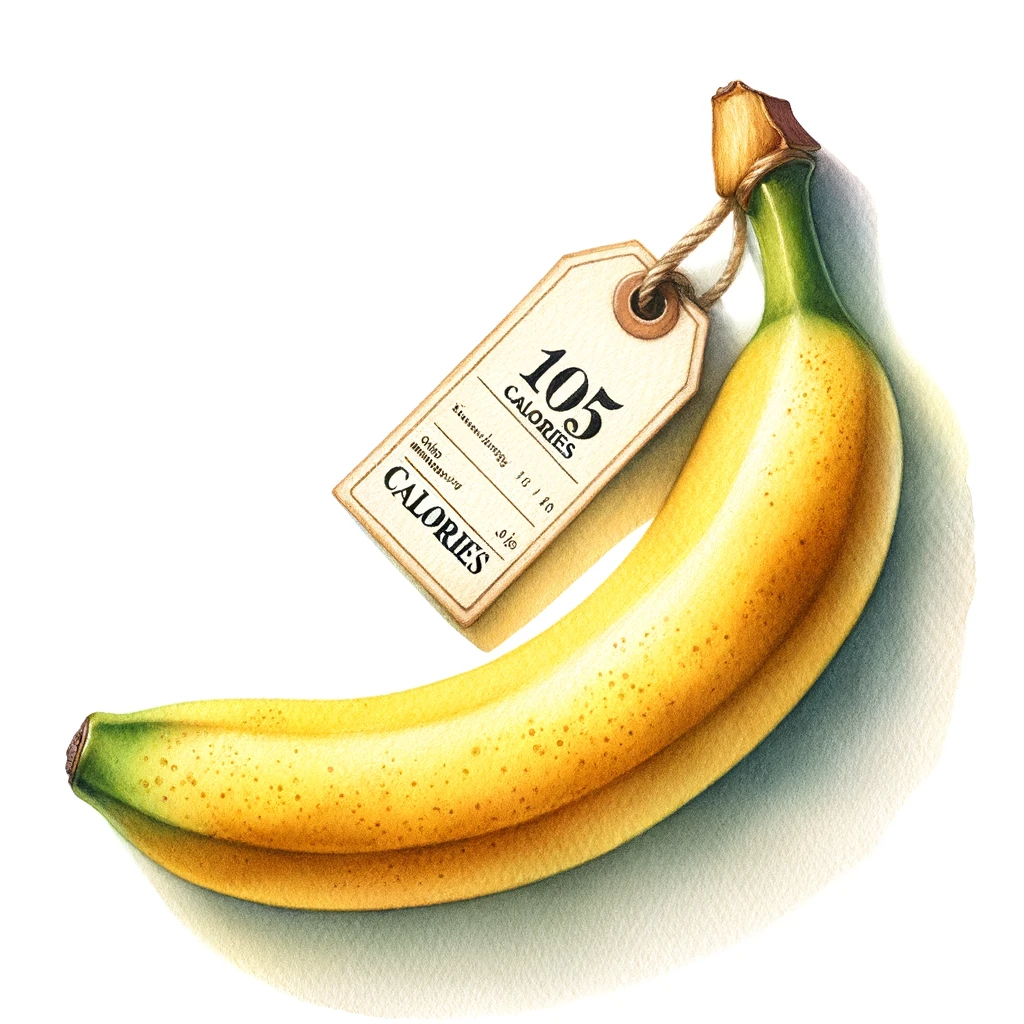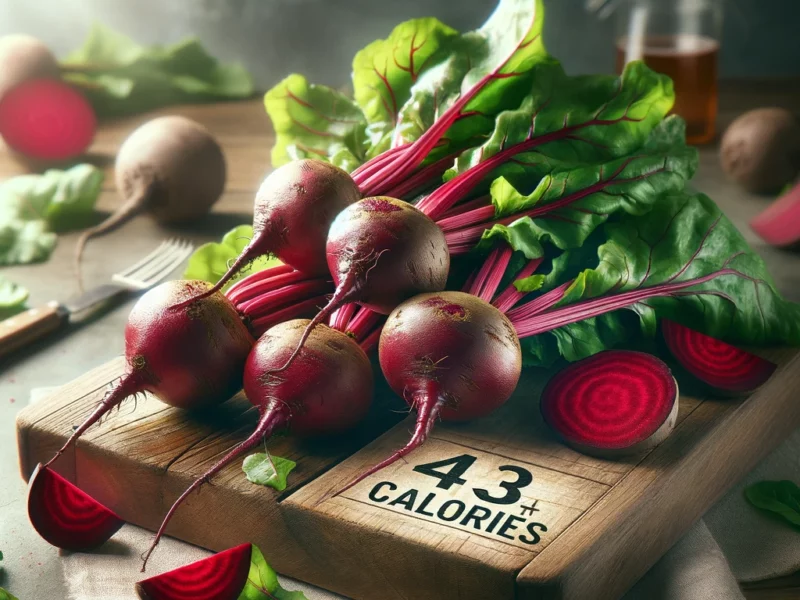Bananas are among the world’s most popular fruits, cherished for their convenience, taste, and nutritional benefits. Whether consumed as a quick snack, blended into smoothies, or used as a natural sweetener in baking, bananas offer more than just their delightful flavor. A significant part of their appeal is their nutritional profile, particularly their caloric content, which makes them a staple in diets ranging from the everyday health-conscious individual to the elite athlete. This article explores the caloric content of bananas, their nutritional benefits, and how they fit into a balanced diet.

Caloric Content of Bananas
The calorie content of a banana varies depending on its size. On average, a medium-sized banana (approximately 118 grams) contains about 105 calories. However, this number can range from about 90 calories in a small banana (less than 101 grams) to approximately 135 calories in a large banana (136 grams or more). These values make bananas a relatively low-calorie snack compared to other sweet treats, offering a healthier alternative for those monitoring their caloric intake.
Nutritional Benefits Beyond Calories
Bananas are not just about their caloric content; they are a powerhouse of essential vitamins and minerals. Here are some of the key nutritional benefits they offer:
- Potassium: A medium-sized banana provides approximately 422 mg of potassium, crucial for heart health, blood pressure regulation, and proper muscle and nerve function.
- Vitamin C: With about 10 mg of vitamin C, bananas contribute to your daily antioxidant needs, supporting immune function and skin health.
- Dietary Fiber: Providing about 3 grams of fiber, bananas help promote digestive health, enhance satiety, and may aid in weight management.
- Vitamin B6: Bananas are an excellent source of vitamin B6, with a medium-sized fruit covering about 20% of your daily requirement. Vitamin B6 plays a vital role in metabolism, brain health, and hemoglobin production.
Incorporating Bananas into Your Diet
Given their nutritional profile, bananas are a versatile food that can complement any diet. Here are some creative ways to enjoy bananas:
- As a Quick Snack: Peel and eat – it doesn’t get much simpler or quicker than that. For an added protein boost, pair a banana with a handful of nuts or a spoonful of peanut butter.
- In Smoothies: Blend bananas with other fruits, some spinach for greens, and your choice of milk or yogurt for a nutritious smoothie.
- In Baking: Use mashed bananas as a natural sweetener in muffins, pancakes, and bread. They also work as a fat substitute, adding moisture and flavor.
- Frozen Treats: Slice and freeze bananas for a cool snack or blend them frozen for a creamy, dairy-free ice cream alternative.


